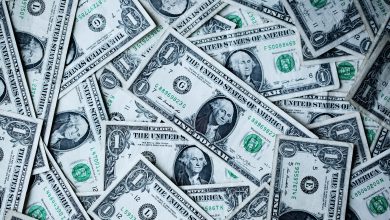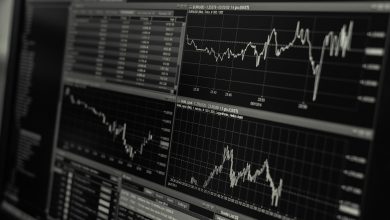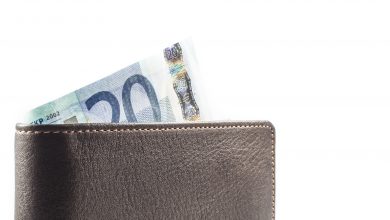Is CFD Trading a Better Way of Investing than Options Trading?

What is CFD Trading
CFD trading stands for trading contracts for difference. CFD is a very popular form of derivative trading. It allows you to exchange the value of assets in the form of contracts rather than the asset itself. In simpler words, CFD trading is a contract between a buyer and seller who agree to exchange the difference of the price of an asset at the opening and closing of a trade.
Opting for CFD trading allows you to speculate price movements on the financial market without buying or selling an underlying asset. You can exchange CFD in shares, industries, commodities, crypto currencies and some other financial markets.
What is Options Trading
Options trading is also a type of derivative trading and shares several similarities with CFD trading. The top companies like Facebook, Twitter, Google and Apple have stock options, which you can trade right from your computer, laptop, or tablet. It is a trading contract that allows the investor to buy or sell underlying assets as a security.
How CFD Trading and Options Trading Work
Once you decide to open a market, decide whether you want to buy or sell a CFD. Buy CFD if you think the price of the underlying asset will rise and sell if you think its value will go down. After that, choose the size of position, as in how many contracts you want to buy or sell. An important thing to note is that the contract size varies by market. For most of the markets, the contract size equals to one share market, but for others, it can be the amount of money per point of price movement.
Similar to buying and selling in CFD trading, you have calls and puts in options trading. The value of calls goes up and puts go down. For option trading, you must sell options at opening trade and buy at closing trade. Options traders buy call when they expect the price of underlying asset to increase, and buy put option when the asset value is more likely to go down.
Options are more like insurance for which you have to pay. There is an expiration date until which you have to pay rather than making the payments all at once. The longer the expiration date, the more money you have to pay, and eventually, the more money you will earn. For instance, an option with 60-day expiration might cost $500 and an option with 30-day might cost only $250.
As the expiration date comes near, the time value decay speeds up too. This can be a problem if you trade options in a wrong way. Balancing the options with increasing time decay value can be very tricky for most investors.
Which is Better
There are many similarities between CFD and option trading. Both types are leveraged so that you need only a small deposit or the initial margin to open a position.
Option trading provides the opportunities for future ownership, unlike CDF, which does not have a stand out value other than what it’s worth. It also has a lower trading cost than CDF trading. Option trading also has a small financing cost, which gives the options trader a major advantage for long term investment.
One way CFD trading is more convenient than option trading is that it has no expiration dates and unlimited trade markets are available. CFD is less complex than options trading. The risk calculation is easier in CFD rather than option. The high chances of options expiring worthless makes the trader lose their initial investment.
Final Word
Although CFD trading has higher trading and financial costs than option trading, its principles are less complex and less risky. When compared to other traditional methods of trading, CFD trading also gives you access to a variety of financial markets while using the same trading platform.



